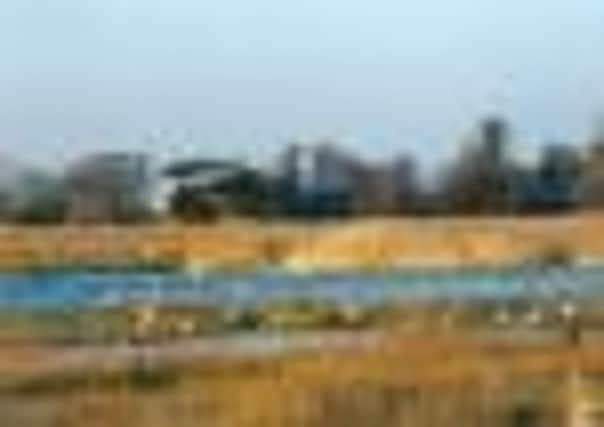Two thousand redshank winter in harbour


Meat rationing was in force and allowed half a pound of sausages a week and that was all. Father had bought himself an Aston Martin and left home and mother skivvied as a home help.
Like poet Ted Hughes I had no scruples about hunting for the pot although I did not shoot pied wagtails as he had done once. I got myself on my bicycle down on to the cost or into the common lands and freshwater meadows. In those days snipe were everywhere and in every little ditch and the saltings held what we called ‘saltwater snipe’: redshank. What a splendid meal they all made.
Advertisement
Hide AdAdvertisement
Hide AdToday I could no more shoot a redshank, even if I was allowed to, than I could a wagtail, which thankfully I never did. My photograph here shows you (that is of course if you can see the detail) a trip of redshank on the Sussex coast in Chichester Harbour. How could a half starved lad decades ago resist such a feast?
Today with supermarket shelves groaning with food and the farmers’ markets selling oven-ready partridges at six for £10, and many people suffering from obesity, there is no need to shoot a redshank and they are lovely to watch. I like to see them flighting up Chichester channel on flooding tide en route to their high tide roost opposite Dell Quay.
When I give talks about Sussex wildlife, I always have my whistle ready to imitate the redshank call together with those of a greenshank and grey plover. Today, about one hundred thousand redshank winter in the UK and this number has remained pretty steady for 30 years although due to recent warmer winters, more are wintering in Holland and the Baltic coast so our numbers have dropped a bit.
They are common in Chichester Harbour with about two thousand wintering. Morecambe Bay has been known to have 21,000 but the best site for redshank in UK is usually the Dee estuary.
Advertisement
Hide AdAdvertisement
Hide AdIf you go to watch them at low tide, when they disperse from their roost to the mudflats, you may notice how they spread out and have their own little territories of about quarter of an acre, dropping to half that if they are feeding in spartina grass meadows that grow across the muds here and there.
My old redshank call which I inherited from my grandfather still calls lone birds in towards me, but not to a gun anymore, just the binoculars.
That ‘tee-loo-loo’ whistle is a reminder of times past and just occasionally I can recall the scent of the roasted bird on its piece of thick toast, cooked like a woodcock, though now the scent of the saltings and the ozone of the sea is a bit more persistent.
Richard Williamson